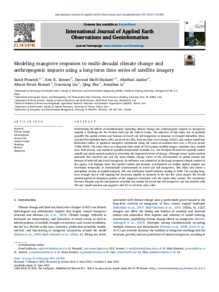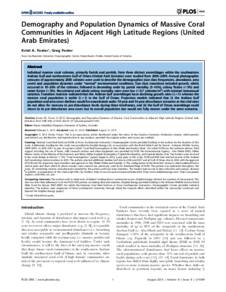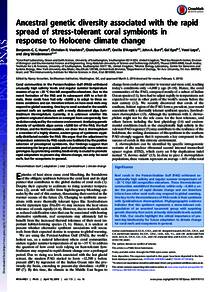Document
Modeling mangrove responses to multi-decadal climate change and anthropogenic impacts using a long-term time series of satellite imagery.
Identifier
DOI: 10.1016/j.jag.2021.102390
Source
International Journal of Applied Earth Observation and Geoinformation. v. 102, 102390
Contributors
Zenner, Eric K., Author
Mafi-Gholami, Davood., Author
Jaafari, Abolfazl., Author
Kamari, Akram Nouri., Author
Liu, Guoxiang., Author
Zhu, Qing., Author
Li, Jonathan., Author
Country
Netherlands.
Publisher
Elsevier B.V.
Gregorian
2021-10-01
Language
English
Subject
English abstract
Determining the effects of simultaneously operating climate change and anthropogenic impacts on mangroves remains a challenge for the Persian Gulf and the Gulf of Oman. The objective of this study was to spatially quantify the spatial extents and biomass of dwarf and tall mangroves in response to drought intensities (Standardized Precipitation Index, SPI), sea-level rise (EC), land use/land cover change (LULC), and surface runoff and freshwater inflow to upstream mangrove catchments along the coasts of southern Iran over a 35-year period (1986–2020). The study drew on a long-term time series of 105 Landsat satellite images, maritime data, rainfall data, field surveys, and models to quantify independent variables (i.e., the WetSpass-M model to quantify surface runoff) and mixed models analysis to determine the important drivers of change. Although mixed model analysis indicated that sea-level rise was the main climate change driver of the development of spatial extents and biomass of both tall and dwarf mangroves, its influence was embedded in the larger temporal climate context of the region. Our findings show that spatial extents and biomass development are neither tightly coupled nor developed temporally or directionally synchronously in dwarf and tall mangroves. This study also shows a precipitous decline in rainfall amounts, SPI, and freshwater runoff volumes starting in 1998. The ensuing long-term drought that is still ongoing but decreased slightly in intensity in the last few years shaped the overall spatiotemporal development pattern of the mangrove structures over the entire study period. The correlation between biomass and the independent variables was similar for dwarf and tall mangroves and was positive with SPI and runoff amounts and negative with EC in all three study sites.
ISSN
1569-8432
Category
Journal articles



